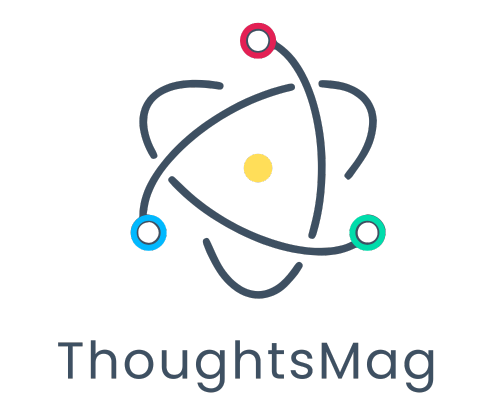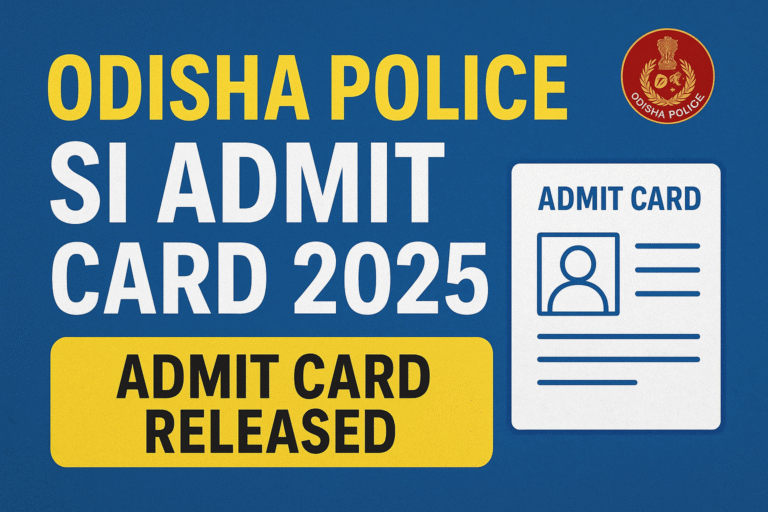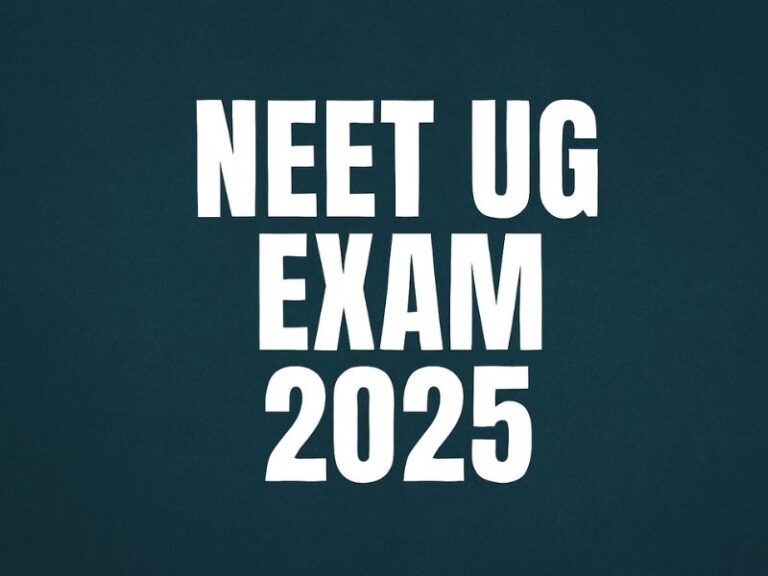In the ever-evolving creative industry, job hunting isn’t what it used to be. Today, designers, writers, photographers, filmmakers, and digital artists are not just applying for jobs — they’re branding themselves, building portfolios, and using freelance platforms to create opportunities.
If you’re a creative professional looking to land meaningful gigs or clients, your success lies in mastering three pillars: freelance platforms, portfolio presentation, and personal branding. Together, these elements build your online identity and increase your chances of getting noticed.
Whether you’re a fresh graduate or an experienced freelancer, this guide will help you approach job hunting with a creative-first mindset.
Also Read: Jobz Hunting – Breaking Down Job Search Trends and Tools
Why Creatives Need a Unique Job Search Strategy
Unlike traditional job roles, creative jobs rely heavily on proof of work. Recruiters and clients want to see what you can do — not just read about it in a résumé. That’s why creative professionals need a unique approach.
Examples of Creative Evaluation
- Graphic designers are hired based on their visual style and branding work.
- Content writers are selected through writing samples and online publications.
- Illustrators, animators, and photographers are judged by their portfolios and client feedback.
Your portfolio, freelance profile, and online identity often speak louder than a résumé. So instead of applying through standard job portals alone, creatives must focus on visibility, presentation, and niche expertise.
Freelancing as a Foundation for Creative Careers
Freelancing is one of the best ways to enter the job market as a creative. Not only does it give you hands-on experience, but it also helps you build a professional network and earn an income from day one.
Getting Started with Freelancing
Here are a few trusted platforms to explore:
- Upwork and Freelancer for all-round freelance projects.
- Fiverr for quick gigs in design, writing, and illustration.
- Toptal for high-end creative talent with a strong portfolio.
- Dribbble Talent for designers and visual artists.
- LinkedIn and Twitter (X) for networking-based outreach.
Start with small projects to gain credibility, build a habit of overdelivering, and always maintain good communication. Be sure to request permission to include client work in your portfolio when appropriate.
Freelancing is More Than a Side Hustle
With consistency, freelancing can evolve into a full-time career. Many creatives today are earning more independently than through salaried roles. It also opens doors to remote work, agency collaborations, and long-term client retainers.
Crafting a Portfolio That Wins Opportunities
Your portfolio is the single most important asset as a creative. It shows potential employers and clients your style, experience, and capability — often before you even speak to them.
What Makes a Great Portfolio?
- A short, clear introduction about who you are and what you do.
- A collection of your best work — ideally 6 to 10 strong projects.
- Case studies (especially for UX/UI designers, writers, strategists) that explain project goals, your approach, and final results.
- Client testimonials or peer reviews for social proof.
- A clear contact section with email, form, or social links.
Use platforms like Behance, Adobe Portfolio, or even a custom website built with Notion, Webflow, or WordPress to showcase your work. Mobile-friendliness, fast load times, and a clean design are essential.
Keep Your Portfolio Updated
Outdated portfolios send the wrong message. Refresh your work samples every few months, retire old or irrelevant work, and always include recent projects — even if they’re personal or conceptual.
Personal Branding: Stand Out by Being Yourself
In the saturated creative space, personal branding helps you stand out. Your brand is more than your logo — it’s your voice, your vibe, and your unique value proposition.
Elements of a Strong Personal Brand
- A consistent tone and theme across all platforms.
- A professional yet authentic bio that clearly defines your niche.
- Social media handles that showcase your creative process, behind-the-scenes content, or thought leadership.
- A memorable portfolio or personal website that reinforces your brand identity.
Think of yourself as a one-person studio. Your online presence — from your LinkedIn profile to your Instagram feed — should feel aligned and recognizable.
Why Branding Matters
Clients and employers often look you up online before reaching out. A strong brand increases trust, makes you more memorable, and shows that you take your work seriously.
Build Social Proof and a Creative Network
Social proof is essential. Having testimonials, published work, shoutouts, and recommendations increases your authority in your creative niche.
How to Build Social Proof
- Ask for testimonials from past clients or collaborators.
- Publish your work on platforms like Medium, YouTube, or Dribbble.
- Participate in community challenges like Inktober, 100 Days of Design, or daily writing prompts.
- Engage with fellow creatives on social platforms — not just to promote, but to contribute.
Networking Opportunities
Creative communities exist online and offline. Join Slack or Discord groups related to your field. Attend local meetups, webinars, or online portfolio reviews. Being visible in these spaces often leads to unexpected collaborations and job referrals.
Keep Your Job Hunt Materials Always Ready
Even if you’re not actively job searching, make sure your creative materials are always up to date. That way, if an opportunity pops up, you’re ready to go.
Checklist for Being Job-Ready
- Your portfolio website is updated and working.
- Your LinkedIn has a clear headline and summary.
- Your PDF résumé and project links are ready to share.
- You’ve documented recent work or side projects online.
- Your contact information is easy to find and functional.
Many creatives land jobs because someone discovered them online. Treat every online impression as a potential opportunity.
Common Pitfalls to Avoid
Even experienced creatives make these mistakes:
- Overloading their portfolio with too many mediocre pieces.
- Using unclear or jargon-heavy project descriptions.
- Ignoring mobile responsiveness on personal websites.
- Neglecting to follow up with clients or network contacts.
- Having inconsistent branding across different platforms.
Be strategic and intentional with how you present your work. Every detail counts.
Conclusion
Jobz hunting for creatives is a dynamic and exciting journey. With the rise of freelance platforms, digital portfolios, and personal branding, creatives have more power than ever to shape their careers on their own terms.
The key is not just to apply for jobs — but to create opportunities by being visible, valuable, and versatile.
Focus on showcasing your skills, telling your story, and staying job-ready at all times. With the right mix of creativity and strategy, the opportunities will start finding you.
To explore more about current job search trends and digital tools, check out our related guide: Jobz Hunting – Breaking Down Job Search Trends and Tools






